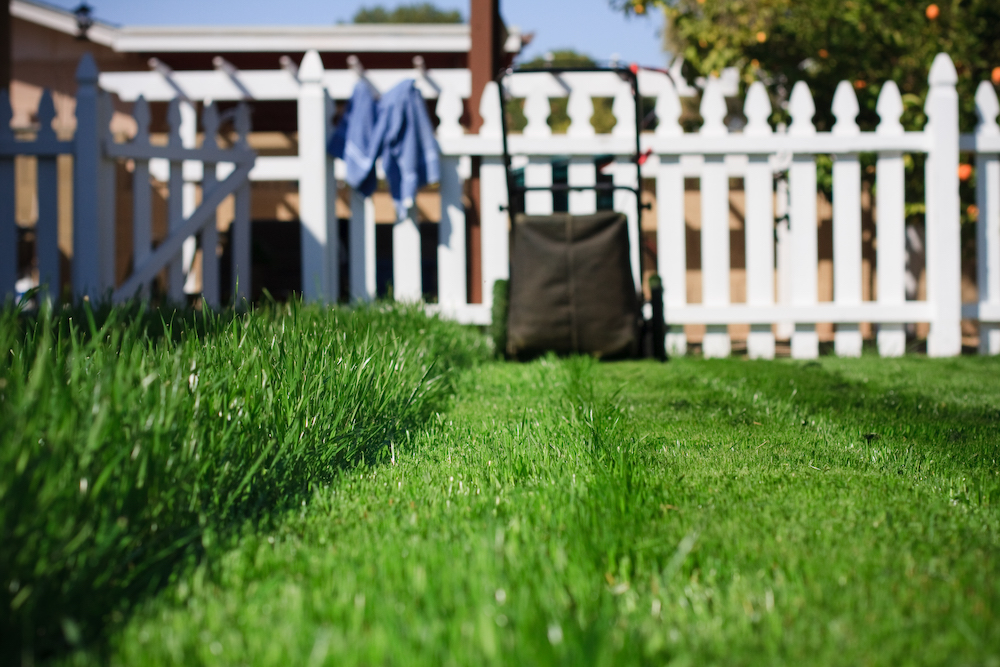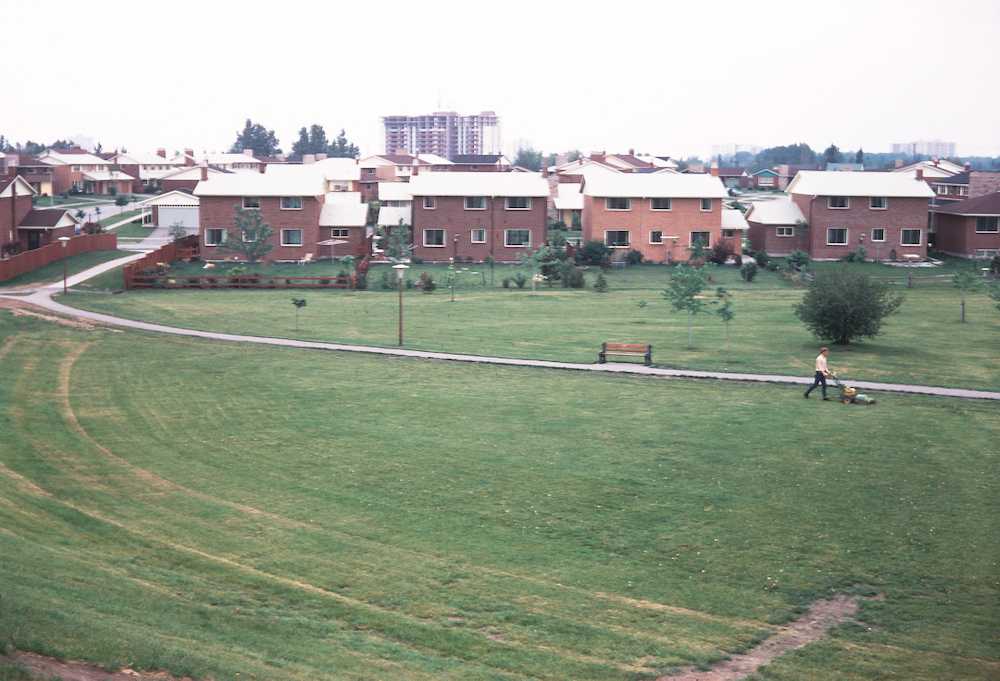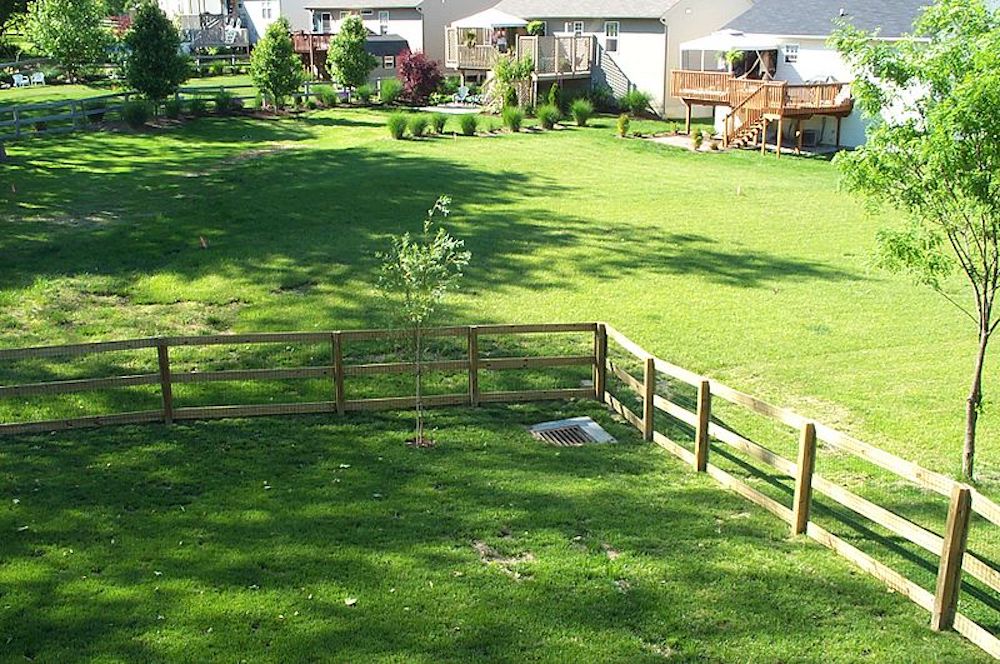Artifact: The myth of the suburban lawn
Text by Nadja Pausch, OALA
The lawn, as conceived of in North America, is a myth: it does not occur without meticulous human intervention, and has proliferated for decades as a symbol of economic status and social order.
Originally imported to North America as a cover crop for livestock, turf grass became an experimental addition to wealthy estates, and therefore a status symbol. Only the wealthy could devote so much of their land to a thoroughly unproductive use and afford to maintain it.

In the suburban housing boom following the Second World War, houses were set back from the street and lawns introduced to make the scenery more pleasing to people driving by. Suddenly the lawn became ubiquitous in the residential landscape—a hallmark of home ownership and the American Dream.
The lawn is an expression of control and safety in the landscape, an antithesis to the myth of the wild, dangerous frontier propagated by western colonialism. When alongside its role as an indicator of economic status, the lawn embodies the notion of success as measured by our degree of dominance over nature (read: capitalism).

Such rigorous control over the landscape was eventually codified into law in the form of grass and ‘weed’ bylaws, which regulate vegetation height. A front garden which deviates from these strict regulations, either intentionally or through a lapse in maintenance, is viewed as a reflection of the property owner’s character and adherence to our shared social values, however subconsciously. In this manner, lawns (and their level of maintenance) can reinforce harmful social, cultural, and ecological myths. Colonial control over nature, demonization of the ‘wild’, and the ‘othering’ of those different from ourselves are all ideologies wrapped up in the history of the suburban lawn.

BIO/ Nadja Pausch, OALA, CSLA, is the Ground Editorial Board Chair. She works as a landscape architect at a multidisciplinary design office in Toronto.
